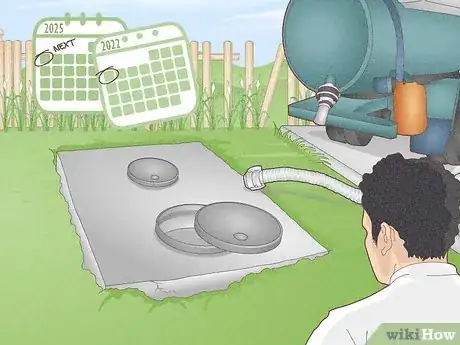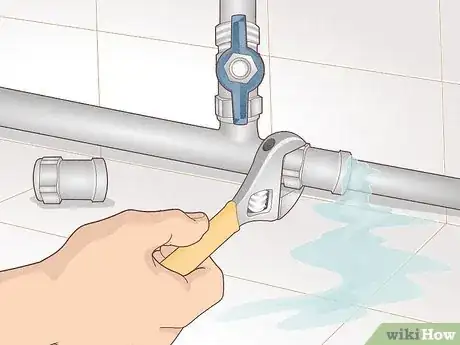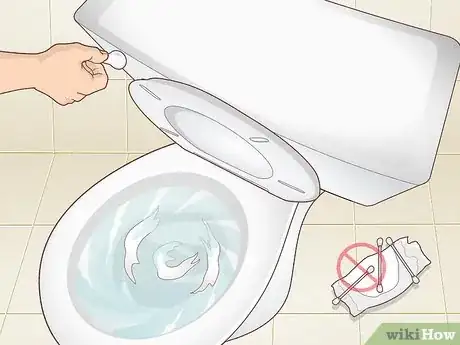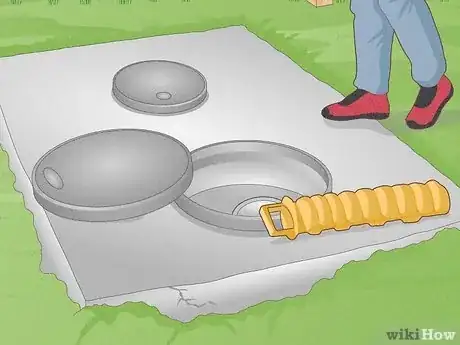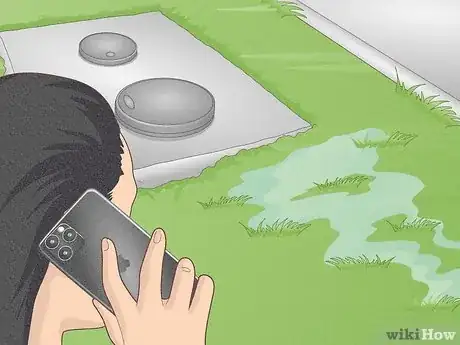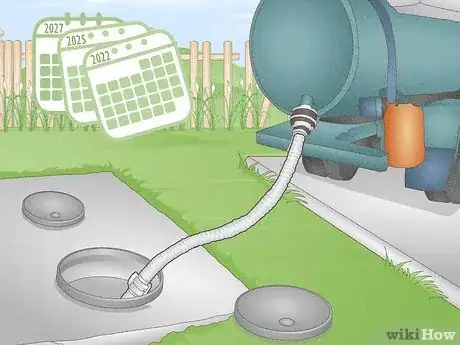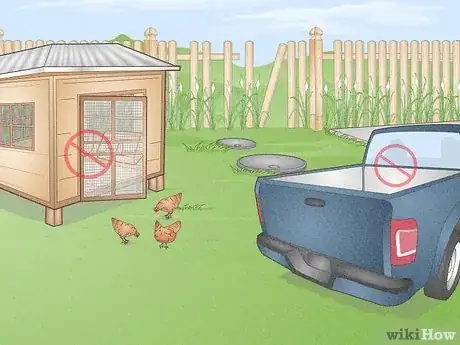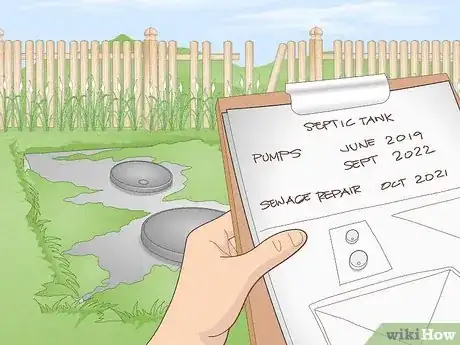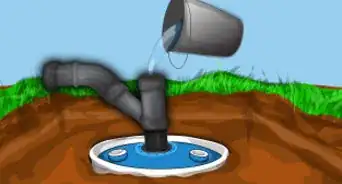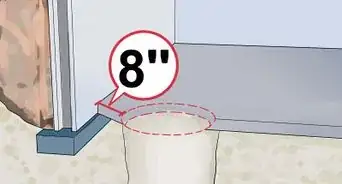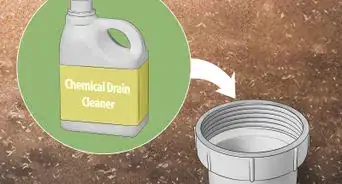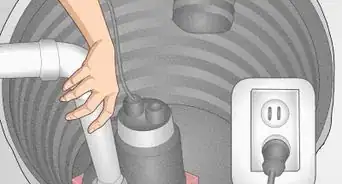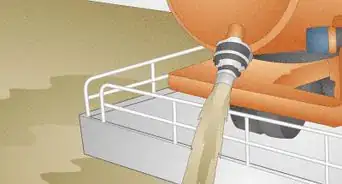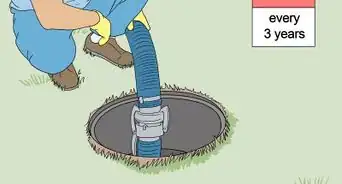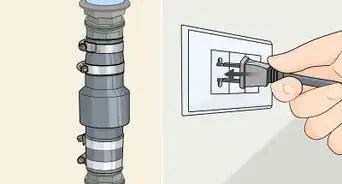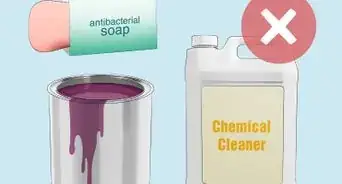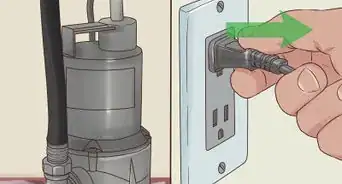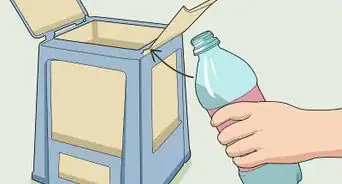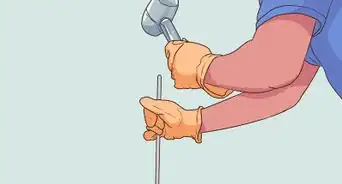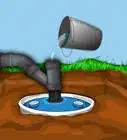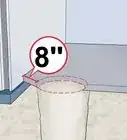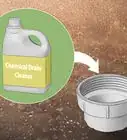This article was co-authored by David Balkan and by wikiHow staff writer, Hannah Madden. David Balkan is a Professional Plumber, CEO of Balkan Sewer and Water Main Service, and President of Balkan Sewer and Drain Cleaning. As a hands-on owner of these companies for over 40 years, David is knowledgeable about water service lines, sewers, and drain line issues. David is a Committee Chairman of the Master Plumbers Council and has sat on the Executive Committee of the Sub Surface Plumbers Association of New York for over 30 years. His knowledge and solution-oriented approach contributed to Balkan Sewer and Water Main Service being the largest and most trusted service in New York City and the recipient of the 2017 Angie’s List Super Service Award.
This article has been viewed 1,064 times.
When your home is on a septic system, no news is good news: the less you have to think about your system, the better it’s working. But after you get your tank pumped out, you might be wondering if there’s anything special you need to do to keep your system working perfectly. We’ll tell you exactly what you should do after you’ve had your tank pumped, as well as how often it should be cleaned and some basic maintenance. For a perfectly working septic tank for years to come, read on.
Things You Should Know
- After your tank has been pumped, get on a pumping schedule (typically once every 3 to 5 years) to keep your system in tip-top shape.
- Locate all the parts of your septic system, and keep an eye on them semi-regularly.
- Use water efficiently, and don’t flush or pour anything down the drain that doesn't belong.
- There’s no need to use septic tank additives or do anything special after getting your tank pumped. Just use your household water systems like normal.
Steps
Warnings
- The gasses inside of septic tanks are dangerous. Always call a professional rather than attempting to work on your septic tank yourself.⧼thumbs_response⧽
References
- ↑ https://www.iowadnr.gov/Environmental-Protection/Water-Quality/Private-Septic-Systems/Septic-Tank-Pumping
- ↑ https://www.epa.gov/septic/how-care-your-septic-system
- ↑ https://www.epa.gov/septic/how-care-your-septic-system
- ↑ https://doh.wa.gov/community-and-environment/wastewater-management/septic-system/caring-your-system
- ↑ https://www.aahealth.org/guidelines-for-locating-your-septic-system/
- ↑ https://www.epa.gov/septic/how-care-your-septic-system
- ↑ https://www.iowadnr.gov/Environmental-Protection/Water-Quality/Private-Septic-Systems/Septic-Tank-Pumping
- ↑ https://www.iowadnr.gov/Environmental-Protection/Water-Quality/Private-Septic-Systems/Septic-Tank-Pumping
- ↑ https://doh.wa.gov/community-and-environment/wastewater-management/septic-system/caring-your-system
